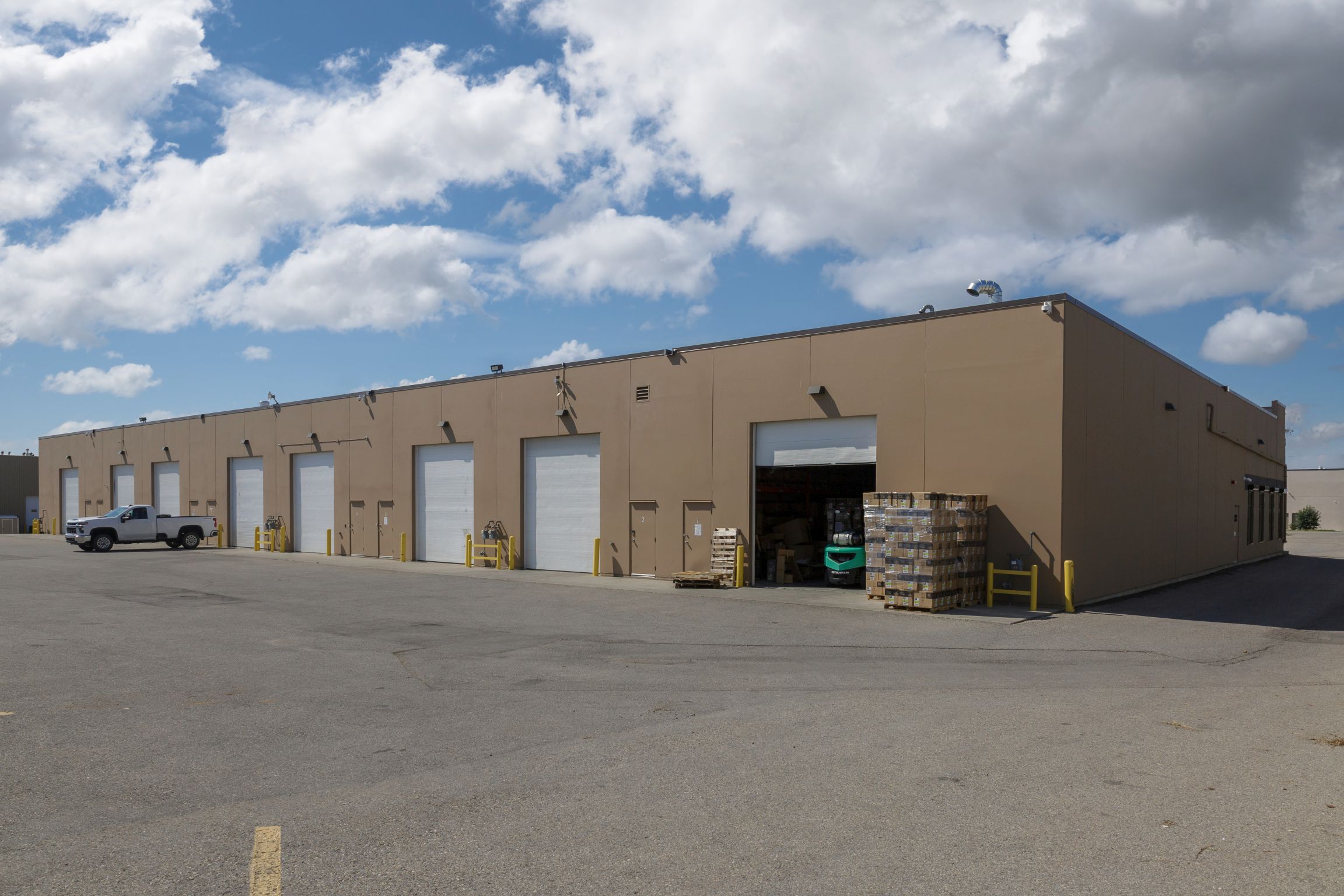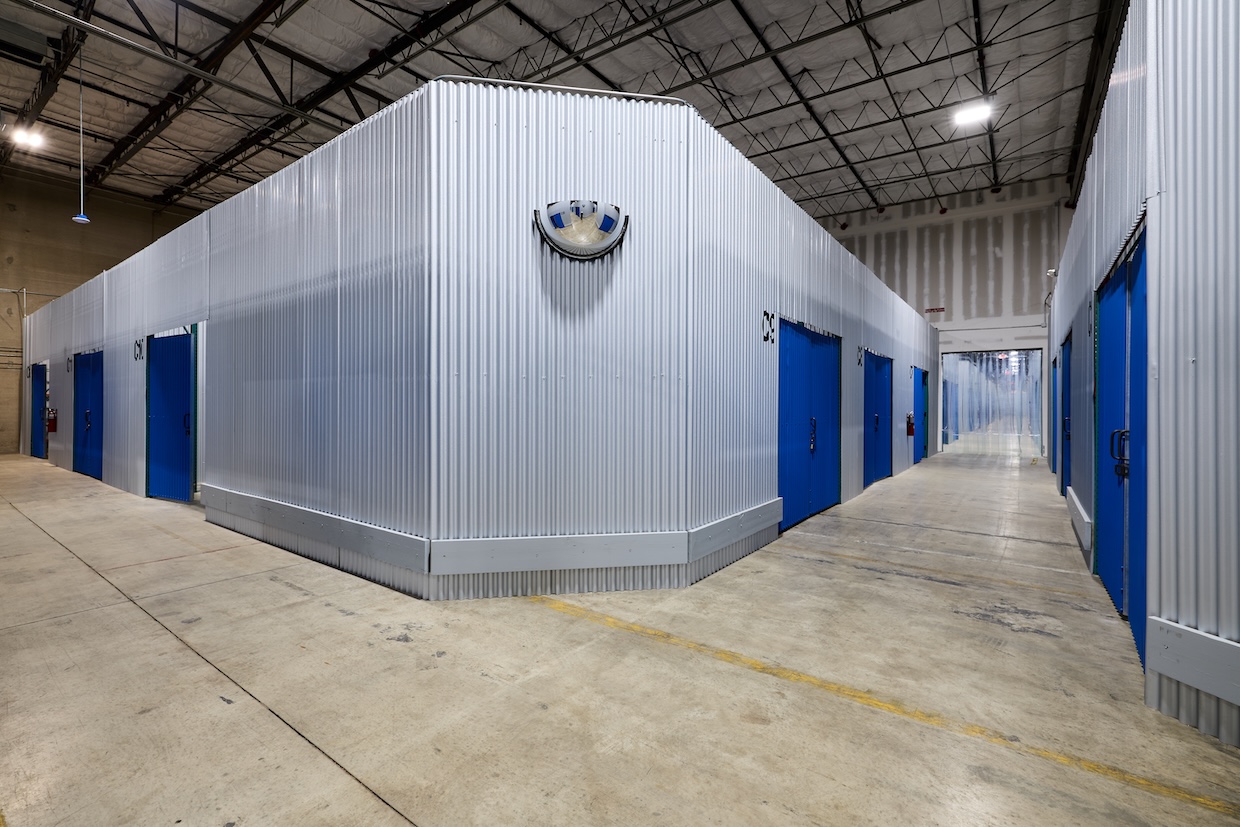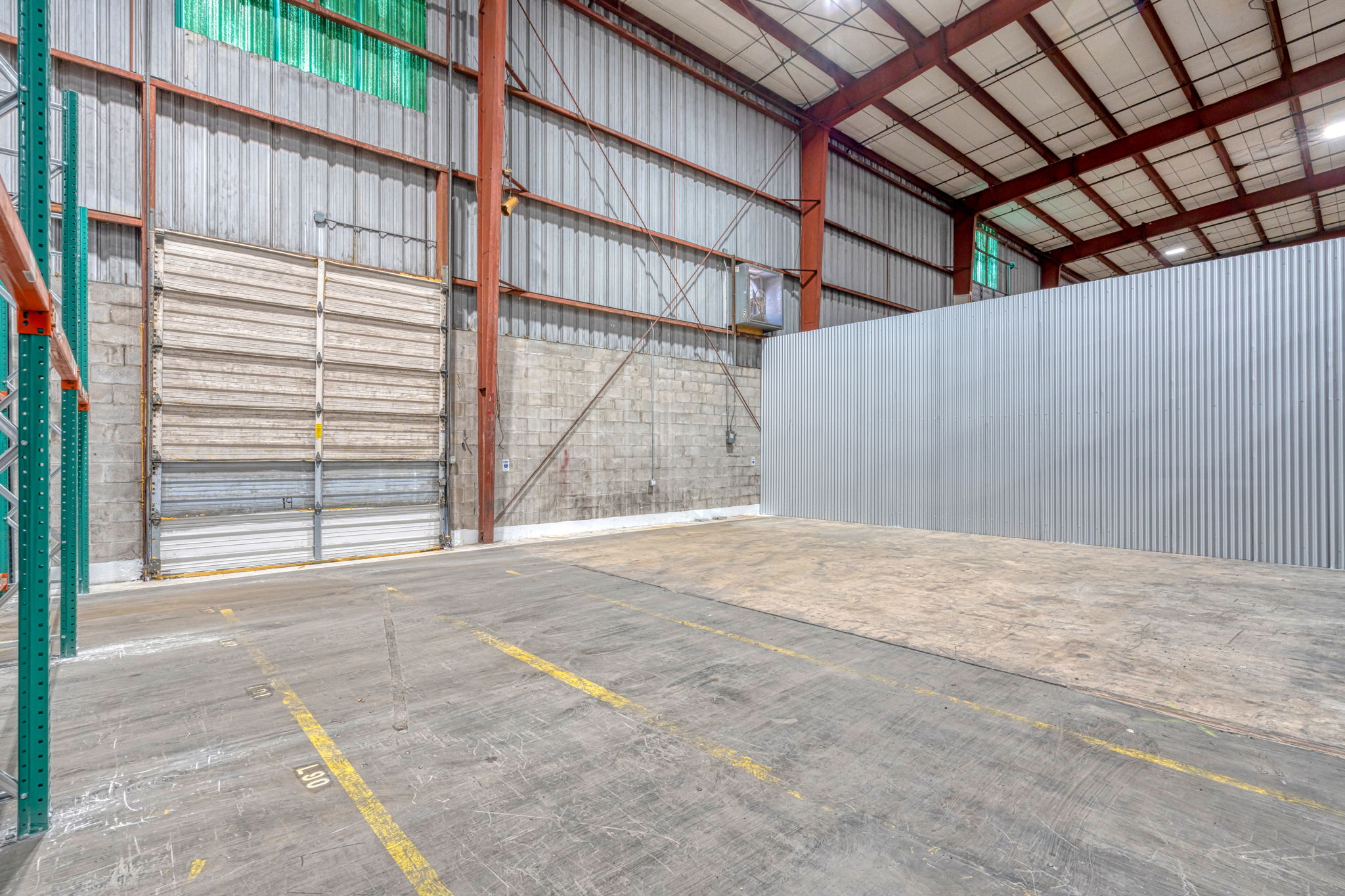Atlanta Warehouse Market Report 2025: The Southeast’s Distribution Powerhouse
Last Updated: January 2025
If you want to understand why Atlanta dominates Southeast logistics, just look at a map and start drawing circles. Within a two-hour flight, you can reach 80% of the US population. Within a one-day truck drive, you can deliver to basically the entire Eastern seaboard. This isn’t an accident – Atlanta has methodically built itself into the distribution hub of the Southeast, and if you’re looking for warehouse space here, you’re in good company.
I’ve watched this market evolve from a regional player to a national logistics powerhouse, and what’s happening now is particularly interesting for small and mid-sized businesses. Let me share what you really need to know about finding and securing warehouse space in Atlanta.
Why Atlanta Works (And Why It Sometimes Doesn’t)
MARKET SNAPSHOT: ATLANTA WAREHOUSE FACTS
- Average Lease Rate: $9.86/sq ft NNN (Q2 2025)
- Total Industrial Inventory: 675 million sq ft
- Current Vacancy: 8.9% (up from 6.9% YoY)
- Airport Cargo Volume: 354,974 tonnes (7% YoY increase)
- Warehouse Workers: 149,224 earning $17.78/hour
- Metro GDP: $471.66 billion (9th nationally)
- Small Businesses: 1.3 million (99.6% of all GA businesses)
Here’s the thing about Atlanta – it historically captured 40% of national e-commerce warehouse demand for a reason. Hartsfield-Jackson isn’t just the world’s busiest passenger airport; its cargo operations are massive. Combine that with three intersecting interstate highways (I-75, I-85, I-20) and excellent rail connections, and you’ve got a distribution dream.
But let’s be honest about the challenges, too. Traffic is legendarily bad (budget an extra 30 minutes for everything), and the market is sophisticated enough that landlords know what they have. You won’t find many desperate deals here. That said, at $6.50-9.50 per square foot, you’re still paying significantly less than coastal markets for superior logistics infrastructure.
Submarkets: Where the Deals and Opportunities Hide
Northeast Atlanta (I-85 Corridor)
This is Atlanta’s golden corridor for distribution. From Gwinnett County up through Jackson County, the I-85 corridor has become e-commerce central. Amazon, Home Depot, and Walmart all have massive operations here. For smaller businesses, this means excellent infrastructure but also premium pricing ($10.63/sq ft, 12.7% YoY increase). The good news? Plenty of 20,000-75,000 square foot spaces available as larger tenants consolidate.
South Atlanta (Airport/I-75 South)
Don’t let anyone tell you South Atlanta is second-tier. With proximity to the airport and lower rates ($6.50-8/sq ft), this area offers exceptional value. Clayton and Henry Counties are seeing massive development, and the workforce here is experienced in logistics. If you don’t need the prestige of a Gwinnett address, you’ll find better deals here.
Northwest Atlanta (I-75 North)
Bartow and Cherokee Counties are where the smart money is going for new development. Rates are competitive ($7-8.50/sq ft), and you’re still within the Atlanta MSA for workforce purposes. The Cartersville area in particular is booming – close enough to the city but with room to breathe (and expand). 9.4% vacancy, strongest fundamentals with 18% increase in leasing activity
Note: 15 million sq ft under construction (down 12.8% from previous quarters)
West Atlanta (I-20 Corridor)
Fulton Industrial Boulevard used to be Atlanta’s warehouse district before it was cool. Now, it’s experiencing a renaissance as older buildings get renovated and new ones go up. Douglas and Fulton Counties offer a mix of traditional industrial and modern facilities ($6.75-8.25/sq ft). This is great for businesses that need city access without downtown prices.
The Secret Sauce: What Makes Atlanta Different
It’s Not Just Location – though being within a day’s drive of Miami, DC, Dallas, and Chicago doesn’t hurt. Atlanta has something more valuable: ecosystem depth. Let me explain.
When you set up warehouse operations here, you’re tapping into:
- Experienced workforce – Georgia Tech cranks out logistics engineers, and the local workforce knows distribution
- 3PL infrastructure – Every major third-party logistics provider has operations here
- Technology integration – Atlanta’s tech scene means warehouse automation and software providers are local
- Film industry spillover – Sounds weird, but film production has created a massive ecosystem of storage and logistics specialists
Real Talk for Small Businesses
You’re not competing with Amazon for space (they build their own anyway), but you are competing with a lot of other growing businesses. Here’s how to win:
Your Atlanta Advantages:
- Labor availability – Unlike tighter markets, you can actually find workers here
- Room to grow – Start with 15,000 sq ft, expand to 50,000 sq ft without moving markets
- Transportation options – Your customers can pick up, you can deliver, or you can ship efficiently
- Business-friendly environment – Georgia wants you here, and it shows in the permitting process
What to Watch Out For:
- Lease rates are climbing – 3-5% annual increases are standard now
- Traffic is no joke – Seriously, map your commute patterns before signing
- Competition for good space – The best locations go fast
- Property taxes vary wildly – Fulton County vs. Cherokee County can be a huge difference
The Numbers Behind the Growth
Atlanta added 500,000 residents over 13 years, but here’s the more important number: small business job growth of 7.2% since 2020, outpacing both state and national rates. Healthcare alone added 23,500 jobs. When Northside Hospital expands, when Georgia Tech builds innovation districts, when Mercedes-Benz and Porsche operate from here – they all need supplier networks, and those suppliers need warehouses.
The 5.49% flat state income tax is reasonable, and there’s no local income tax drama like you’ll find in other metros. The state offers competitive incentive packages, though not as aggressive as Texas or North Carolina. What you save in operational efficiency often makes up the difference.
Recent Deals and Market Reality
Q2 2025 Major Transactions:
- GXO Logistics: 395,000 sq ft at Westfork Business Park
- Amazon: 170+ new distribution facilities nationally with $11 billion Georgia AI commitment
- Staci Americas: 328,000 sq ft at Suwanee Logistics Center
- Prolease: 485,000 sq ft in Shenandoah Industrial Park
- Zoetic Inc.: 644,000 sq ft at Lithia Springs Distribution Center
What’s Coming: The 2025-2026 Outlook
The Positives:
- Microsoft and other tech giants are expanding operations
- Manufacturing reshoring (Cargill, Resia Manufacturing), creating supply chain demand
- Infrastructure investments in roads and railare continuing
- Port of Savannah expansion benefiting inland Atlanta logistics
The Concerns:
- Insurance costs are rising (though not Florida-level bad)
- Water resources are becoming a planning consideration
- Some overbuilding in specific submarkets
- Traffic infrastructure lags population growth
The Opportunities:
- Conversion of older retail to last-mile distribution
- Growth in cold storage and specialized facilities
- Expansion into secondary cities (Gainesville, Newnan, Carrollton)
- The film industry is creating unique storage/staging requirements
Your Action Plan: Making It Happen in Atlanta
For Small Business Owners:
- Start searching 4-6 months out (3 months is cutting it close here)
- Get clear on highway access needs – in Atlanta, this is everything
- Consider starting with a sublease in premium areas to test the market
- Budget for fit-out costs – many spaces are in shell condition
- Lock in longer terms if you can – rates are only going up
For Brokers:
- Relationships matter more here than in most markets
- Understand the workforce patterns – where do workers live vs. work?
- Highlight total transportation advantages, not just highway access
- Know the incentive landscape by county
- Be ready to move fast – good spaces get multiple offers
Why Atlanta Still Makes Sense
Despite the growth and increasing costs, Atlanta remains one of the best value propositions in American logistics. You get world-class infrastructure, an experienced workforce, and true national reach at prices that are still reasonable by major metro standards. The city’s diversification across logistics, healthcare, technology, and entertainment means you’re not betting on a single industry.
For small businesses, Atlanta offers something precious: optionality. You can start small, grow large, pivot industries, reach any market, and find the talent you need. That’s why, despite the traffic and the summer humidity, businesses keep choosing Atlanta. The airport handled 354,974 tonnes of cargo in 2024 (7% increase), generating $34.8 billion economic impact with 63,000+ on-site jobs. Cargo operations continue growing despite passenger traffic normalization.
The Bottom Line
If you need Southeast distribution, Atlanta is still the obvious choice. If you need national reach from a single location, Atlanta is in the conversation with Dallas and Chicago. If you need a market with room to grow that won’t price you out in two years, Atlanta beats most coastal markets hands down. Atlanta’s warehouse workforce of 149,224 is projected to grow 12% by 2034, providing a stable labor supply at an average wage of $17.78/hour.
The sweet spot right now? 20,000-50,000 square foot spaces in the I-75/I-85 corridors north of the city. You’ll pay $7.50-8.50 per square foot, but you’ll have room to grow, access to labor, and the infrastructure to reach your customers efficiently.


